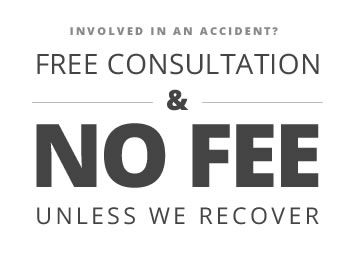First of all, in order to have a case at all we must find that the other driver was negligent and that our client did not contribute to the accident. In Maryland, for example, if one is found to be 1% negligent they would be barred from any recovery via contributory negligence. Thus, once negligence is established we look at the accident itself and the injuries sustained.
The manner in which the accident occurred is important in that, quite obviously, a minor fender bender is less likely, in juror’s minds, to cause injury than if a vehicle is totaled and beyond repair. Thus, a picture of a destroyed vehicle is more impressive to a jury than looking at a minor scrape.
In the same manner should a client walk away from the alleged “serious accident”, seemingly fine, that might not bode well for a future verdict. A jury would want to see a victim who appears injured right from the start and looks the part of an accident victim. Thus a situation in which an injured victim is transported from the scene via ambulance adds value to a claim. In the same manner, if one is treated in the local emergency room and walks out after being seen, without xrays, ct scans, MRI’s etc. that likely lowers the injury impact in a juror’s eyes and thereby lowers the value. A stay as an in-patient, in the hospital automatically indicates to a juror that an injury might be more serious and thus adds value to a case.
The type of injury sustained and the treatment thereof is probably the most important factor in evaluation – a surgery of almost any type adds value – and, of course, the more serious, the greater impact. These surgeries, especially those occurring at high priced hospitals such as Johns Hopkins in Baltimore, add significant dollars to any claim. After all, the amount of bills accumulated with regard to a client’s treatment are all submitted for the jury to add to the pain and suffering recovery of the client.
Finally, the future ramifications of the injury sustained are the last component we look at when evaluating a claim. Both from a continued pain standpoint as well as future money obligations – in this regard the age of the client may be pertinent as if there is a wage loss component to the claim and the wages are to be effected long term a considerable additional damage element has been stirred into the damage pot!
Thus, it is clear that determining value in a personal injury claim is quite detailed and dependent on a wide range of facts. It really does take a practitioner with a long history of handling these kinds of cases to be properly trained and experienced in the evaluation of these cases. Each case is brand new, with facts all to its own and thus can only be properly and objectively viewed in the light of all the cases handled previously.


